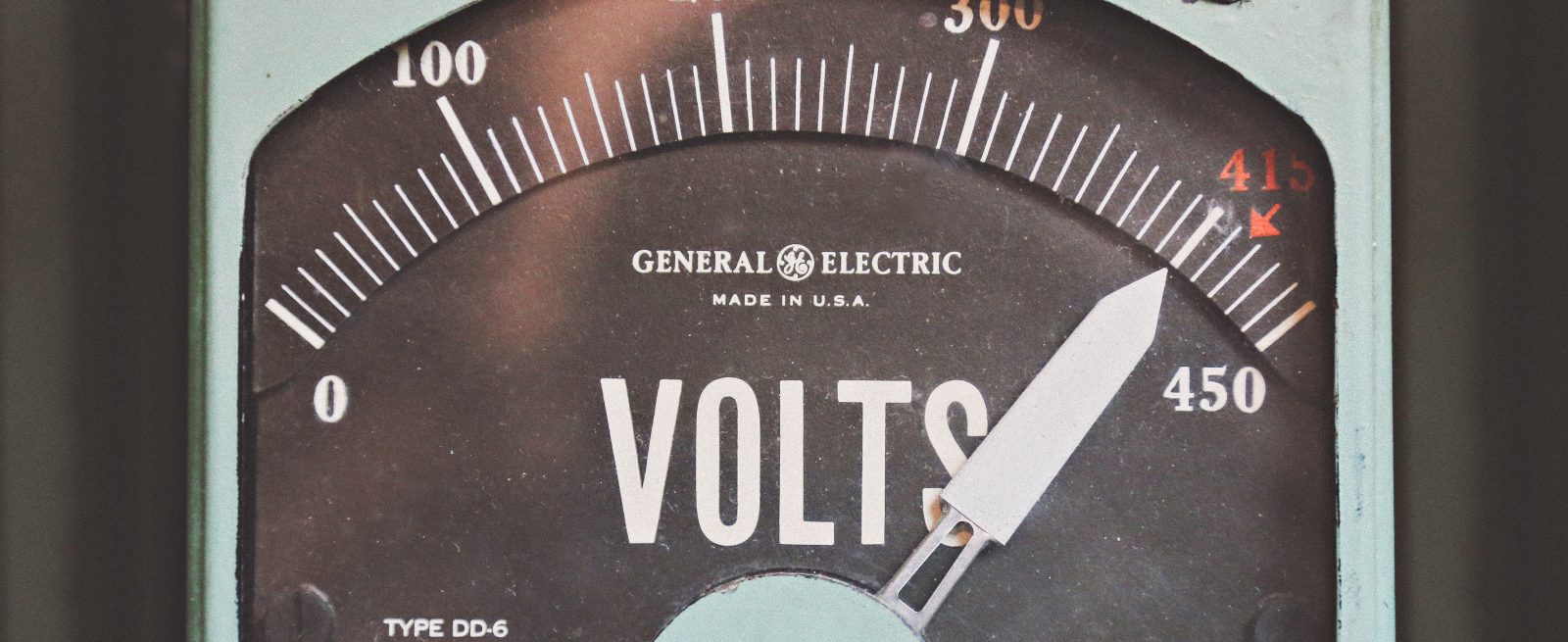The Urge to Surge: What Surge Pricing Could Mean For Your Restaurant
3 Min Read By David Sederholt
In the “ good old days,” we tried to drive additional sales outside of our peak core dining periods with promotions. This includes staples like Happy Hour or Early Bird Specials. In many cases, these promotions helped to bring additional revenue to static periods of the day, but the methods were primitive and fixed. In the age of technology and digital marketing, there has to be a more efficient and responsive electronic solution that is not only effective, but is measurable.
In the age of “disruptive technology” we have seen many of the old standard practices completely upended and transformed into new ways of doing business. The list is long and includes the business models of Uber, Amazon, phone-based payment platforms, restaurant reservation platforms and small business “fintech” lenders. It seems endless.
I am not a frequent Uber rider, but during rainy days in New York City I learned about their practice of surge pricing. It was a bit of a shock to see that you would be charged 1.5X, 2X or more than the normal fare just because of supply and demand. If you want it now, you can either pay the asking price or step aside and try to find a taxi. Chances are that can take you a considerable amount of time. Especially with the meter running while you are stuck in traffic – you will probably pay more.
This is nothing new. Many other businesses have been adjusting prices to reflect demand and availability to maximize their returns. Hotels always cost more during holidays, conventions and peak demand. Airlines offer lower pricing the further out from the departure date that you book your flight. If you need a last-minute flight, you will most likely pay dearly. Movie theaters have lower prices for weekday matinees.
So what does this have to do with the restaurant business?
We print our menus and go with them by the meal period (Lunch / Dinner), all day same pricing and often only change them periodically. There is no flexibility or incentive for customers to fill dead space in your restaurant. This is a very crude form price differentiation.
All Restaurant Owners Try to Maximize Sales
And there are only so many variables and resources available in which to operate. Your facilities can only hold a finite number of guests at a time. Your kitchen and bar have a certain production capability. You can do take out, delivery and catering but this takes additional resources. And the peak demand times for these sales channels coincides with your core dining business. Sometimes this puts a negative strain on your in-house dining customers. The solution may be in incentivizing customers to patronize your restaurant during times when you NEED the business. Then charging more when you know that the restaurant will be maxed out.
In February, Bloomberg News reported that a well-known London restaurant called Bob Bob Ricard is implementing a surge pricing model to try to balance supply and demand for seats in the dining room and maximize revenues. It appears to be a more sophisticated way of offering the infamous Early Bird Special and breaks days and meal periods into multiple pricing tiers. Basically though, they are offering the same menu during non-peak periods for a 25 percent discount. The owner Leonid Shutov is confident his test will work and said in the Bloomberg report, “Airlines wouldn’t be able to exist, the business model wouldn’t work unless you could balance supply and demand. Everything that we have taken that is widely accepted in the modern economy and applied to restaurants, seems to have worked.” The restaurant world is waiting and watching.
The Bob Bob Ricard Model
This model, even in its disruptive intent to appeal to a broader audience, could turn off potential customers or backfire when a guest is seated 10 minutes after the 25 percent discount expires. But others are considering technology based offerings with data analytics to adjust menu pricing electronically. This would be in response to reservation data, historical sales and access to various marketing platforms and social media. Customers going online can be driven to arrive earlier if enticed by a lower price. During prime time dining, people choose to be there along with the rest of the crowd. People will accept higher prices if it is really what they want, when they want it.
I have discussed this with a number of my restaurant owner friends. They point out that they already have a separate lunch/dinner/brunch menu, which accomplishes this in the same way. My question is always, “but do Monday sales look like your Friday sales? Is lunch on Friday – a traditional week’s over decompression day – the same as Saturday?”
Each restaurant has it’s own answer, but an electronic platform to manage this could help. It will help owners drive sales and profits while understanding customer behavior at a higher level.


